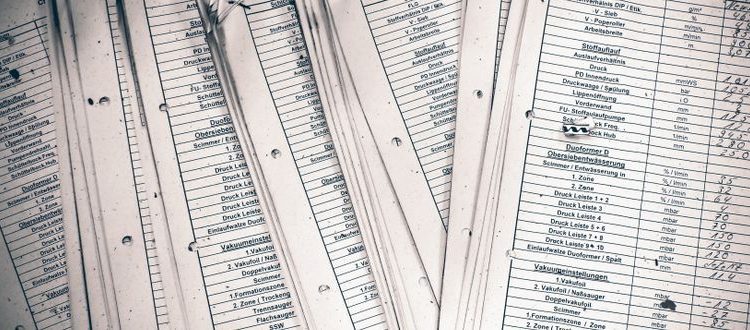A Brief History of the Catalogue of Scientific Papers

“Publish or perish” is a well-known saying within the scientific community. One metric used to evaluate author’s work is the number of articles they publish; in order to stay relevant and to progress in one’s career, it is essential to be “both productive and prolific”. However, this was not always the way that scientific contribution was measured. In this article, we will explore the history of the Royal Society’s Catalogue of Scientific Papers and how it made metrics such an important part of our publishing careers.
Earlier, there was no track of scientific papers published. However, in the early 1800s, a shift began in the scientific community. Charles Babbage, a mathematician and philosopher, proposed quantifying scientific authorship as a way to measure contributions. At that time, book publications or other proofs of genius judged the contribution of scientists. These indicated the mastery of a subject. Hence, his suggestion met with some resistance from those who thought counting papers would be a pointless exercise, or worse, would place emphasis on the wrong variable when measuring scientific contribution.
However, others recognized the potential value of such an idea. American researchers had a hard time keeping track of discoveries and work done in Europe, and vice versa. After much debate, Royal Society took up the idea of quantifying scientific authorship.
Why Make a Catalogue?
The members of the Royal Society identified usefulness of having an index of the publications of European scientific societies. The catalogue took years to compile and cost the Royal Society a great deal of money. Still, its creation was an important endeavor. In addition to helping researchers keep track of the latest scientific information, an index promised to sort through the disordered condition of the scientific community at that time. Valuable scientific information remained scattered throughout different magazines, encyclopedias, and random offprints produced by authors. The Royal Society had to gather and index these. Authorship was also an issue as many people signed their papers with just their initials, if they took credit at all. Hence tracking the authors just using their initials was another very tedious and time-consuming task for the members. The Royal Society had to go through a great deal of hardship to track down authors and separate relevant from irrelevant publications.
The Impact of the Catalogue
The Royal Society’s efforts resulted in the publication of the Catalogue of Scientific Papers in 1867. Europeans and Americans had strong and varied reactions to this catalogue publication. Its scope and usefulness amazed many, while others complained it had omitted important publications. The biggest impact however was that researchers began comparing the prolificacy of different authors. Much was written about which countries produced the most papers. Applicants to the Royal Society began including lists of their publications. Suddenly, how much you wrote was as or almost more important than what you wrote.
By 1930 this trend had gained much popularity. Quantity overpowered over quality. In the US, research universities were growing and turning science into a profession. The term “publish or perish” emerged. The scientists realized that the Catalogue of Scientific Papers aren’t enough to measure the scientific contribution of authors. In response, in the 1960s the Science Citation Index was created that measured not just how many papers an author published, but how often those papers were cited by others. This also changed the way academic publishing landscape.
Publishing Today
The Catalogue of Scientific Papers forever changed the way scientists and academics shared their findings. Although the question of how to value contributions to the field remains complex, the Royal Society will remain the pioneer in taking an initiative to find a solution to this. Publishers and researchers alike continue to search for better metrics that consider different factors that make scientific works valuable and promote scientists within their fields. It is important to make scientific research accessible to the public, and maintaining proper records of the research work is a key part of that effort. The Royal Society has been and continues to be a leading contributor in these innovations.
Do you think the quantity instead of quality is a useful measure of scientific contribution? Please let us know your thoughts in the comments section below.









